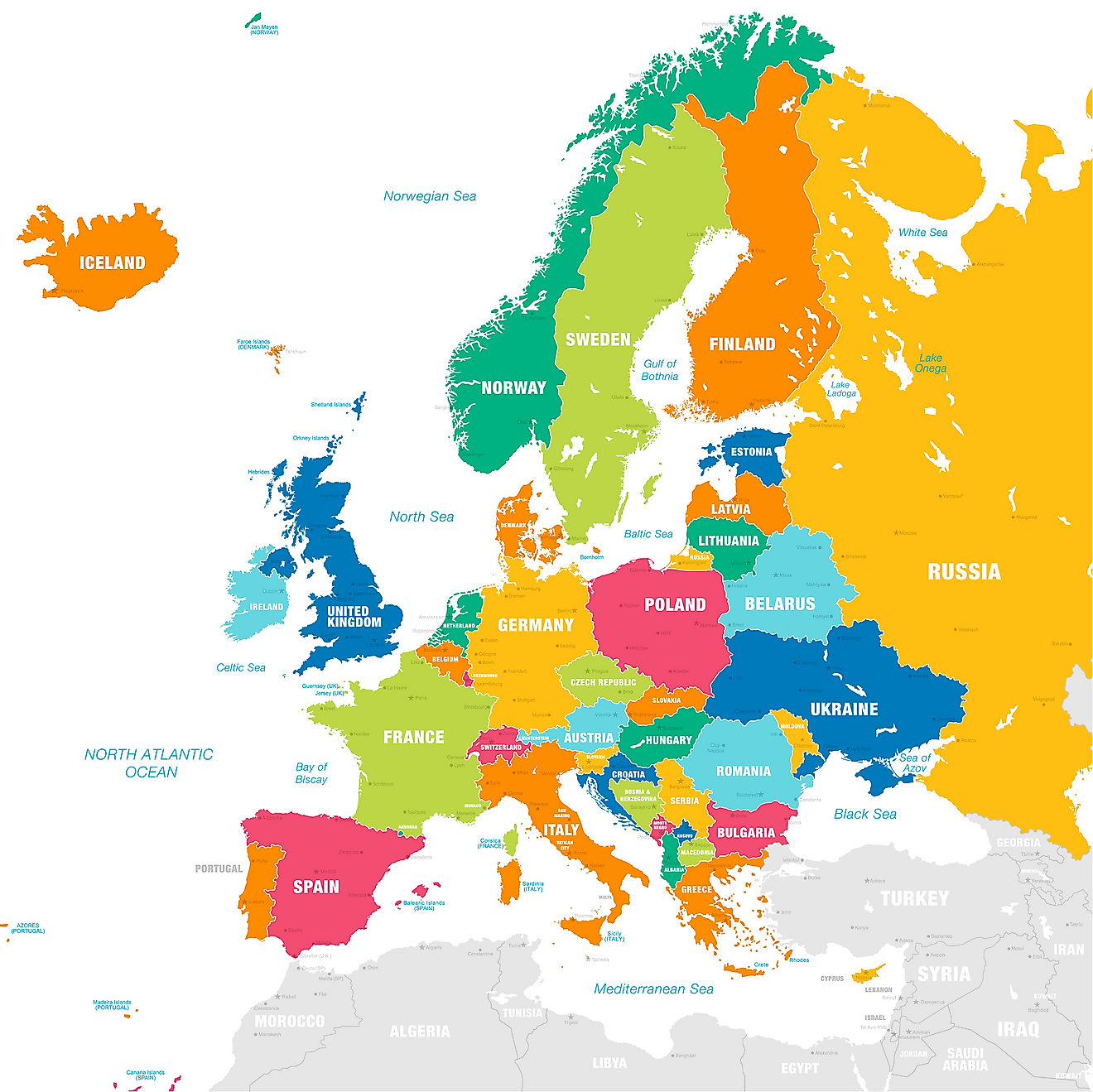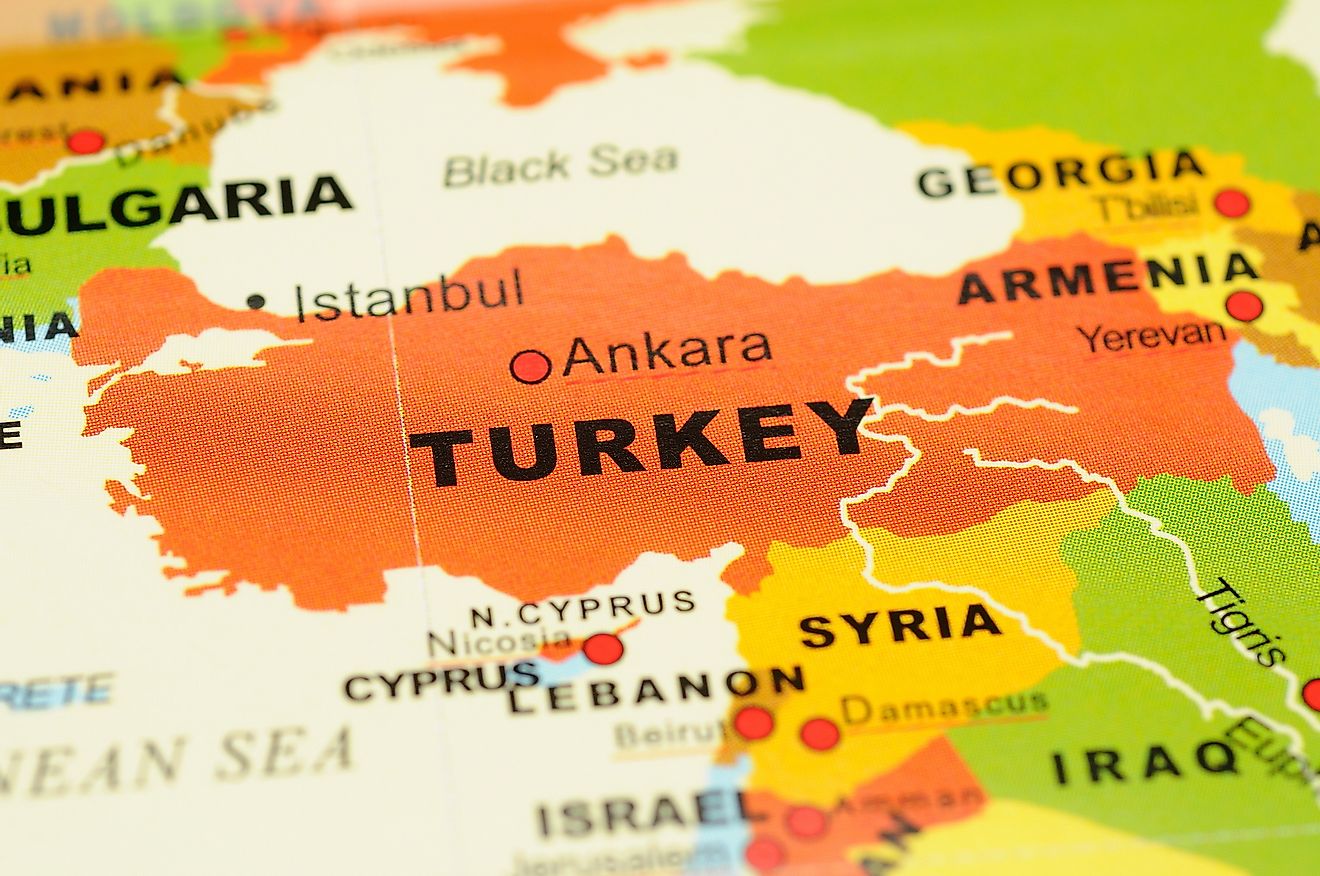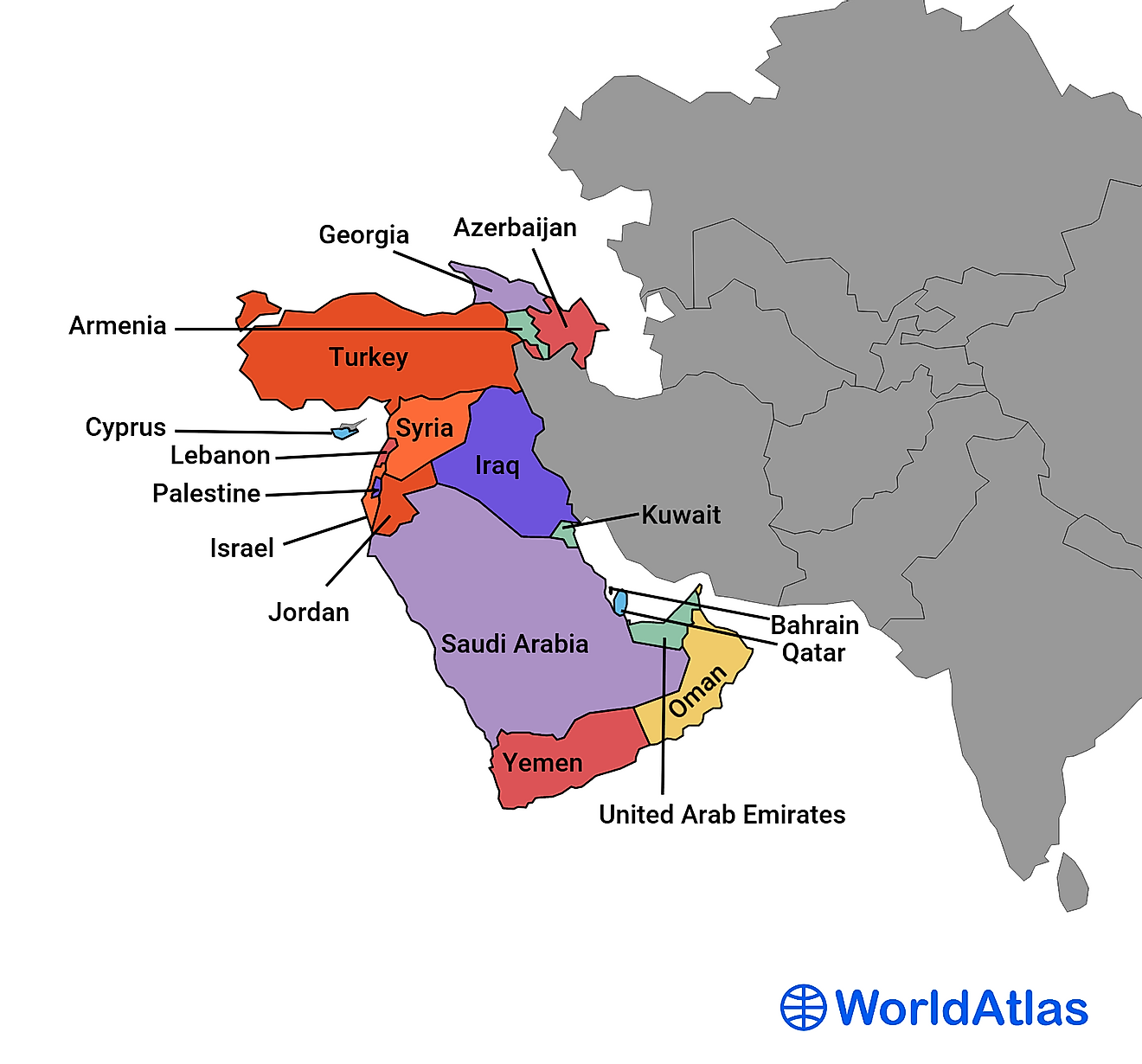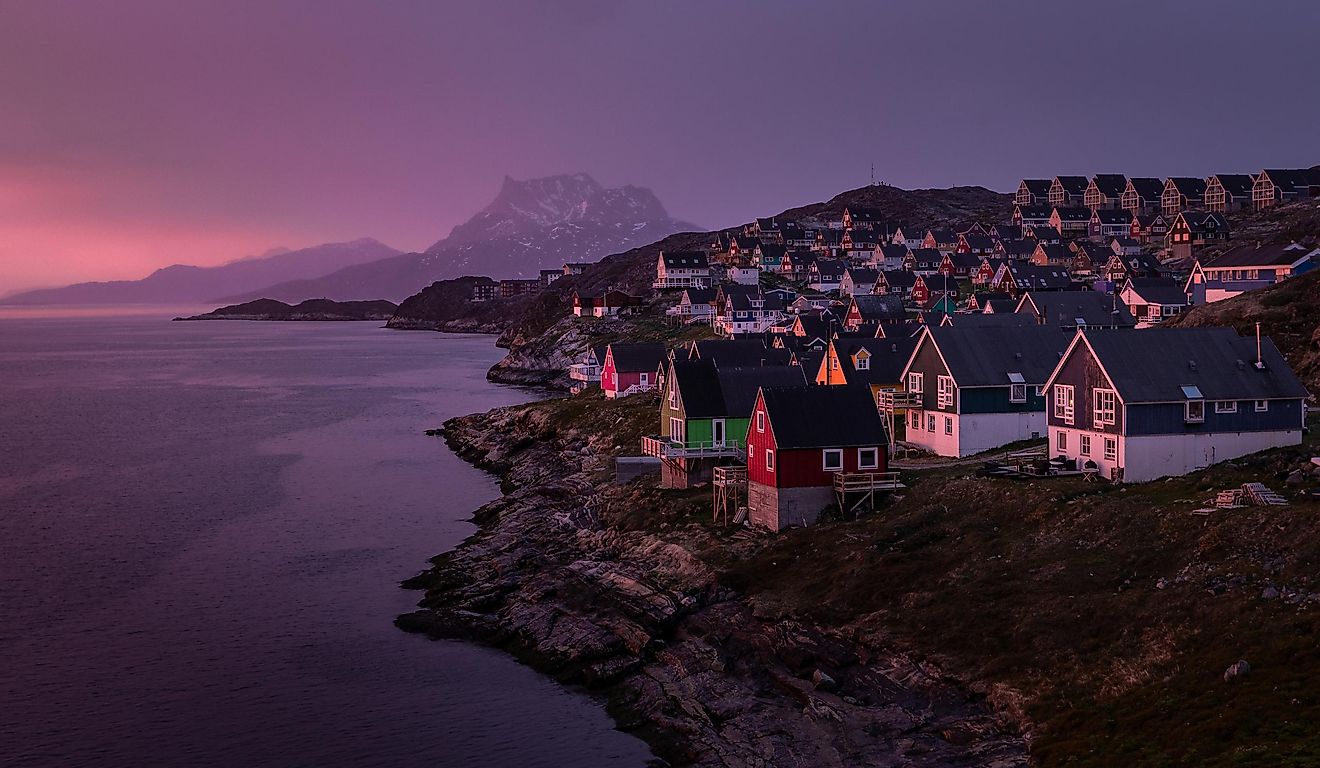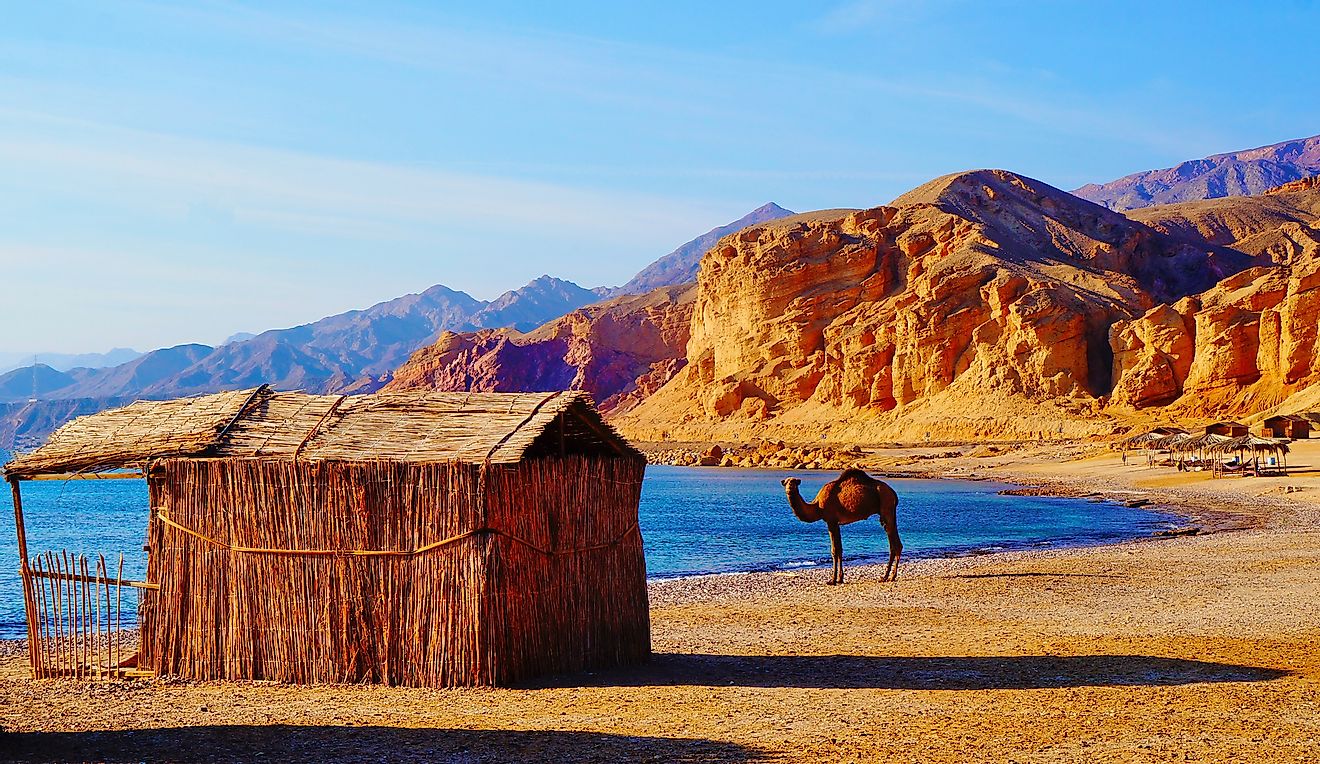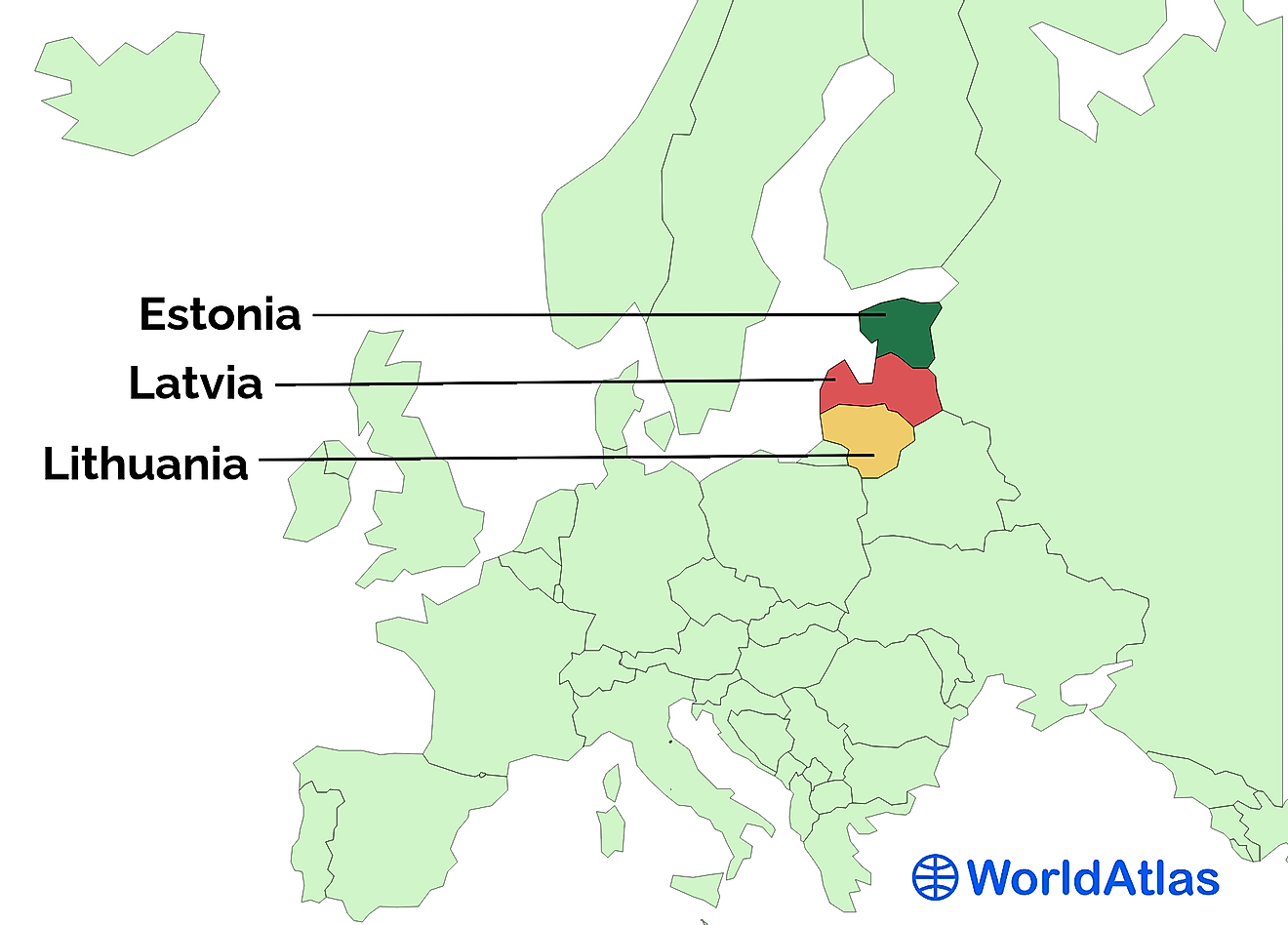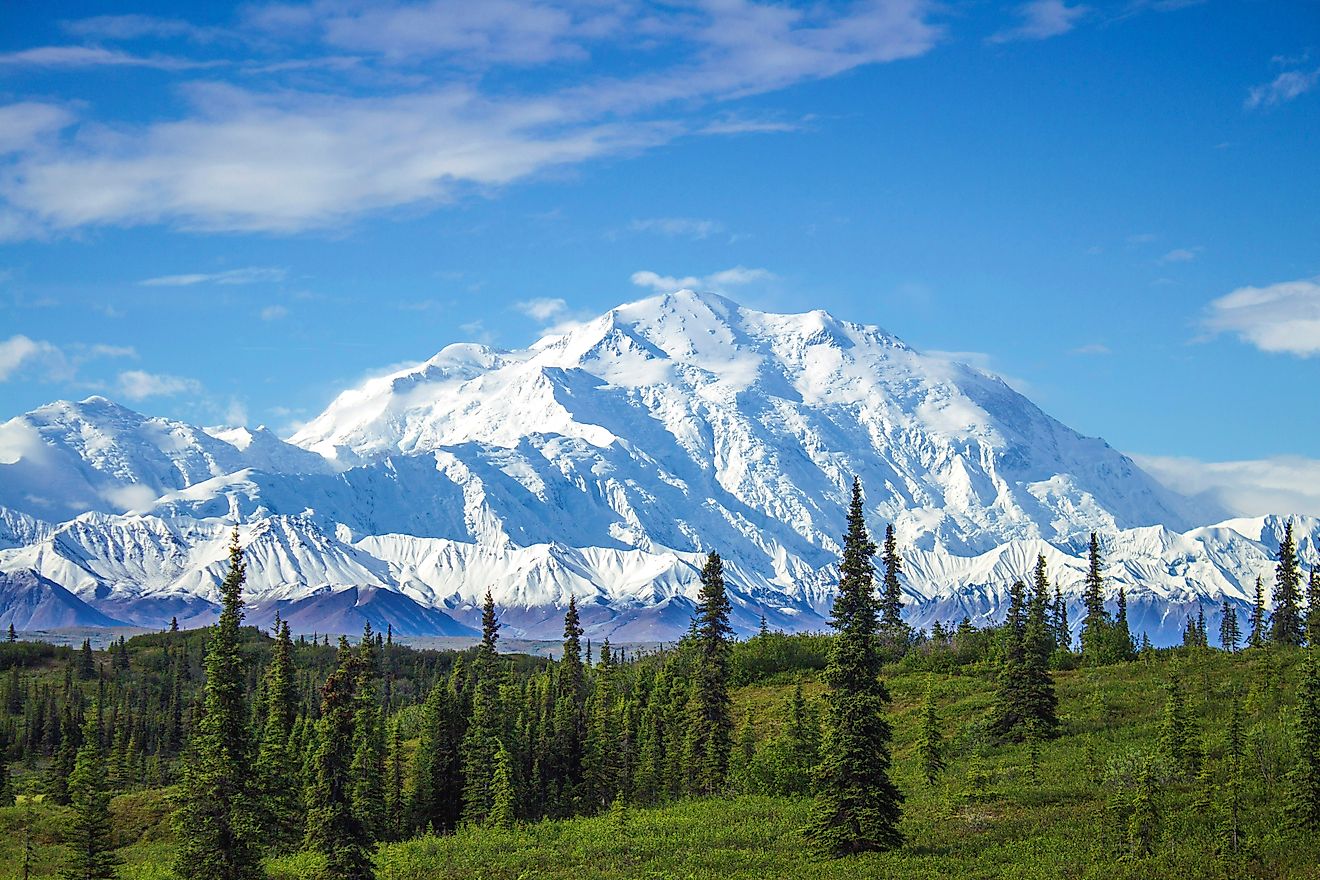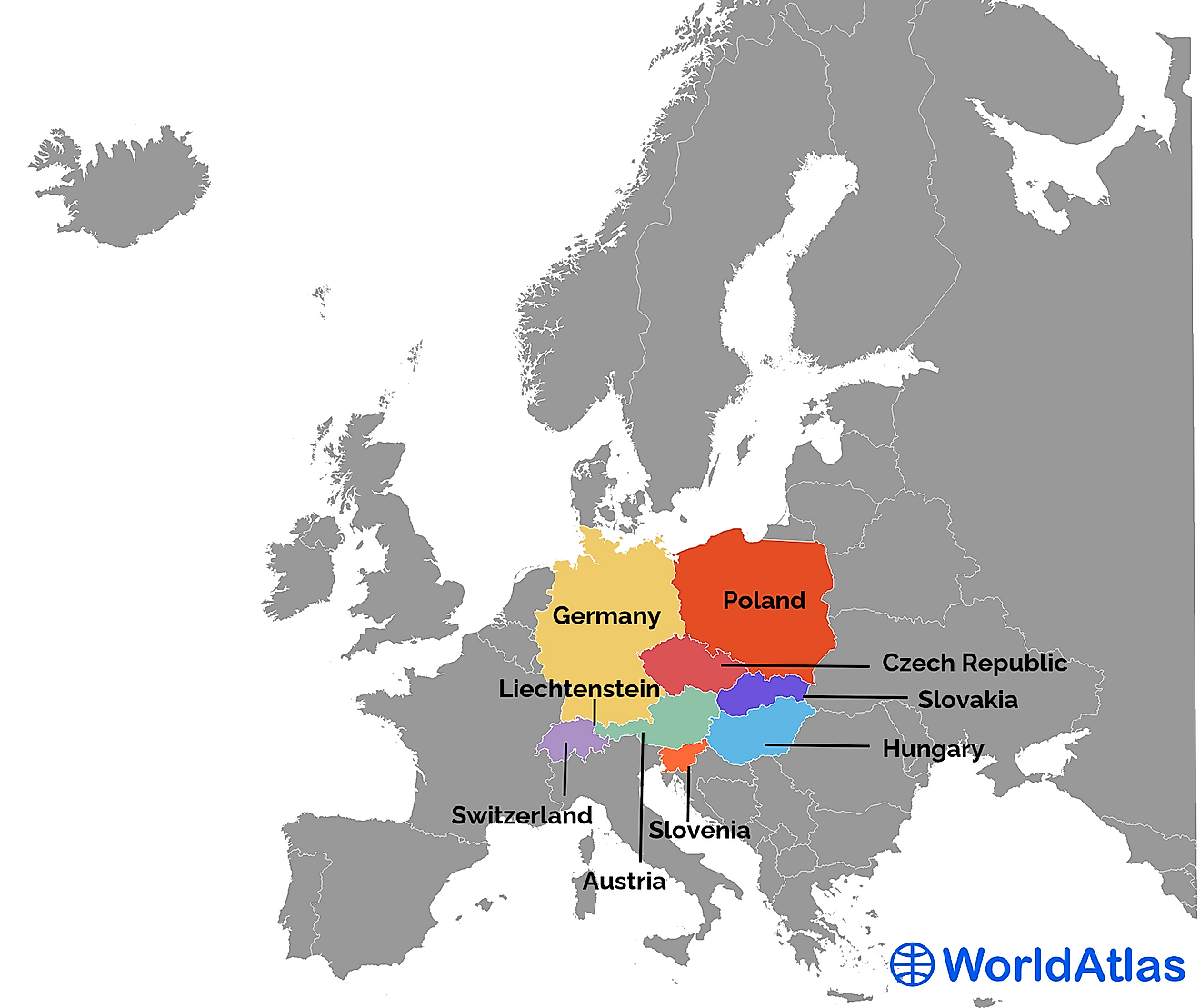How Many Types of Waterfalls Are There?
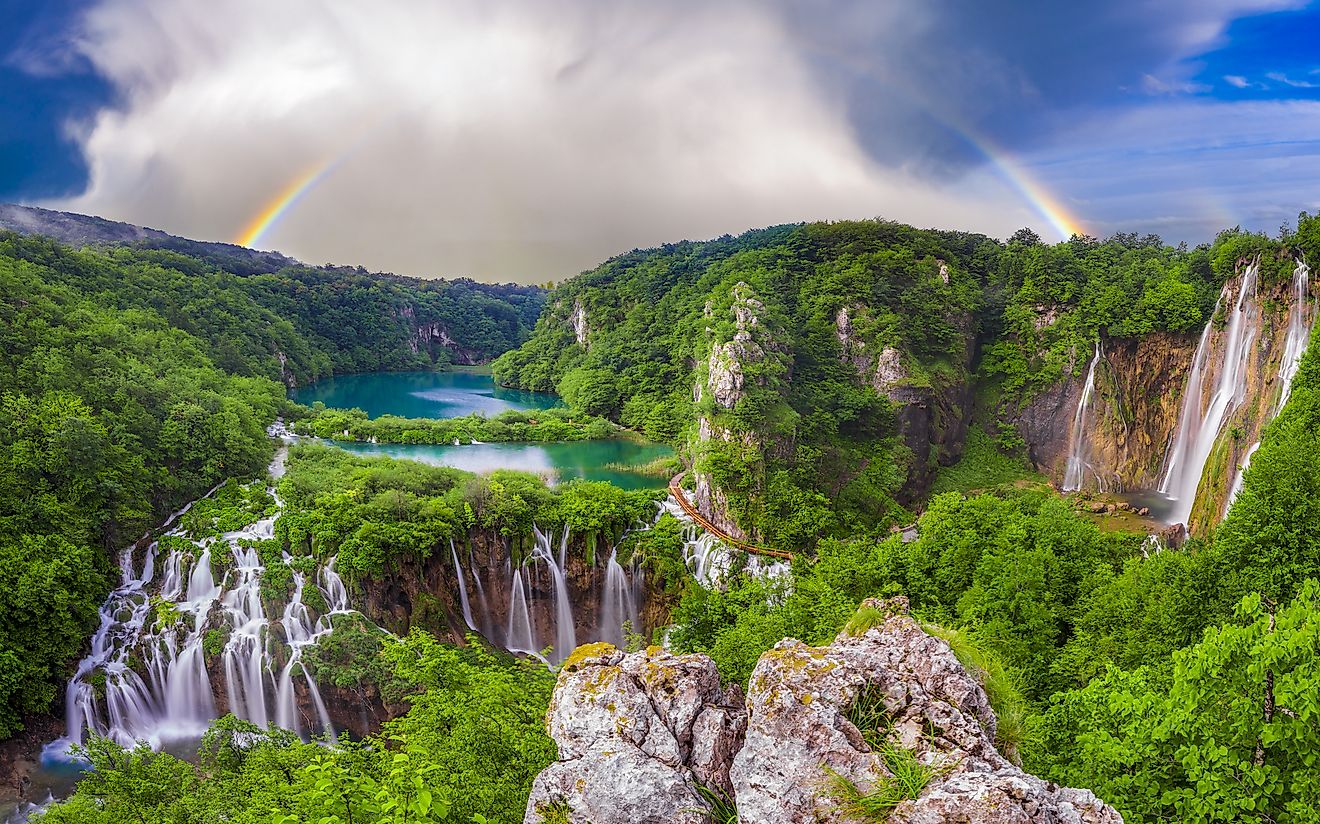
Waterfalls are classified into 10 different types depending on the way they descend. Some prime examples are Punchbowl Waterfalls, Plunge Waterfalls, Multi-step Waterfalls, Horsetail Waterfalls, Frozen Waterfalls, Fan Waterfalls, Chutes, Cataracts, Cascades, and Block Waterfalls.
Punchbowl Waterfall

In this type of waterfall, the water at first flows down in a constricted form and then spreads out into a wide catch pool at the bottom of the fall.The Punchbowl Waterfall is mostly tranquil and swimming below it is generally easy. A notable example of this type of waterfall is the Punch Bowl Falls in Eagle Creek located in the Columbia River Gorge National Scenic Area of Oregon, United States. Other significant waterfalls of this type include the Wailua Falls in Kauai, Hawaii; the Tawhai Falls in Tongariro National Park, New Zealand and the Cedar Creek Falls in Ramona, California.
Plunge Waterfall

In this type of waterfall, the fast-flowing water drops down in a vertical flow and completely loses contact with the exposed bedrock surface. A notable example of this type of waterfall is the Angel Falls in Venezuela, which is also the world’s highest uninterrupted waterfall, at 3,212ft. Other significant waterfalls of this type include the Blencoe Falls and Curtis Falls, in Australia; the Caracol Falls in Brazil; and the Brandywine Falls in Canada. The Hannoki Falls, which is the tallest waterfall in Japan, at 1,640ft, is another significant example of this type of waterfall.
Multi-step Waterfall

The Multi-step Waterfall is one of the most beautiful forms of waterfalls and consists of a series of consecutive waterfalls dropping water one after another in a tiered manner onto a sunken pool, thereby creating a scenery of several pools with their falls. A notable example of this type of waterfall is the Ebor Falls, located on the Guy Fawkes River, in the New England region of New South Wales, Australia. Other significant waterfalls of this type include: the Ouzoud Falls in Morocco, Fukuroda Falls in Japan, Jagala Falls in Estonia and the Dettifoss, Gullfoss, and Selfoss falls in Iceland. Plitvice Lakes National Park in Croatia has its multi-step falls, which are known as “falling lakes”.
Horsetail Waterfall

In this type of waterfall, the descending water keeps contact with the underlying hard rock as it surges down to its pool. The Horsetail Waterfall is a more common type of waterfall that is almost found everywhere in many countries all over the world. A good example of this type of waterfall is the Reichenbach Falls located in the Reichenbach Stream in Switzerland. Other notable examples include Mount Damper Falls in New Zealand and the Pagsanjan Falls in the Philippines.
Frozen Waterfall

This type of waterfall is a result of the freezing of water during the entire winter season. Many waterfalls in the higher latitude and temperate zone regions freeze in winter. A good example of such Frozen Waterfall is the Fang Waterfall located in Vail, Colorado, United States. Several wall climbers climb these frozen waterfalls as an alternative to the wall climbing granite walls.
Fan Waterfall

In this type of waterfall, the water produces a fan-like shape as it descends into its pool below, while retaining its contact with the bedrock. The most notable example of this type of waterfall is the Powerscourt Waterfall – the highest waterfall in Ireland. Other significant examples include The Dip Falls in Australia; the Chatterbox Falls in British Columbia, Canada; the Virgin Falls on Tofino Creek on Vancouver Island in Canada; the Tinago Falls in the Philippines; the High Falls in North Carolina, the United States, and the Nugget Falls in Alaska.
Chute

The Chute Waterfall is a pressurized waterfall which is the result of a large volume of water going through a very narrow passage, thereby creating a very strong waterfall current. Notable examples includes The Three Chutes Falls located in the Tenaya Creek area of Yosemite in California, United States; and the Egan Chute on the York River located in Egan Chutes Provincial Park in Canada.
Cataract

The Cataract Waterfall is the most powerful of all waterfalls and has the strongest water currents. Its wild waters emit the familiar thunderous sound that can be heard from distances far away. This type of waterfall can be found in the Iguazu River in Brazil and Argentina. The famous Victoria Falls on Zambezi River, the Gouina Falls in Mali, and the Boyoma Falls in the Democratic Republic of Congo are some of the significant examples of this type of waterfall.
Cascade

The Cascade Waterfall has a series of rock levels on which it falls. It is also one of the most beautiful and gentle types of falls. Examples of such types of waterfall include the Murchison Falls in Uganda, the Hukou Falls in China, the Barnafossar Falls in Iceland, the Kjosfossen Falls in Norway, the Krimmler Falls in Austria, and the famous Monkey Falls located in the Indira Gandhi National Park, Tamil Nadu, India.
Block Waterfall

Often referred to as “rectangular waterfall”, the Block Waterfall is another thunderous form of waterfall. In this type of waterfall, the water flows down from a wide river or stream. Notable examples include The Blue Nile Falls in Ethiopia; the Ka Choung Falls in Cambodia; the Faxi Falls in Iceland; the Rhine Falls in Switzerland; the Manavgat Fall in Turkey; and the Bow Falls and the Niagara Falls in Canada. The United States has the Rainbow Falls in Montana, and the sister American Falls and Niagara Fall along the U.S.-Canada border in New York.
